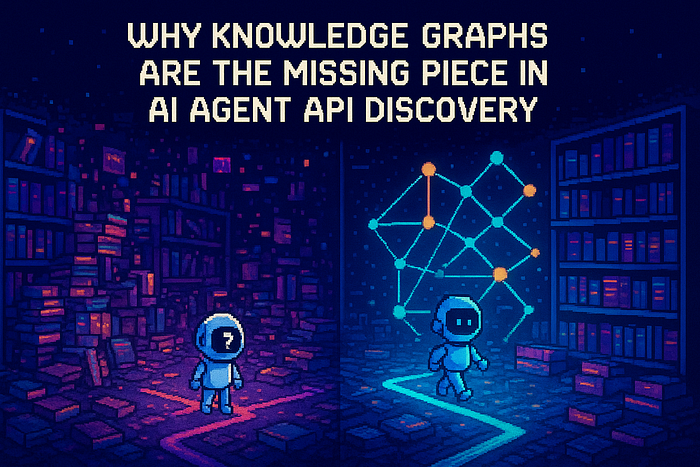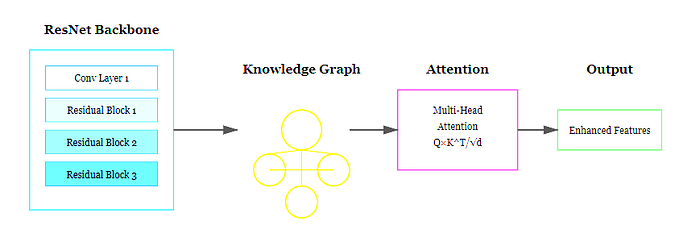
Beginner GPT-4 Prompting For Surprisingly Easy Maps and Reports
Author(s): John Loewen, PhD
Originally published on Towards AI.
No-code prompts for rapid data visualization reporting
This member-only story is on us. Upgrade to access all of Medium.
As a computer science professor of 20+ years, I have heaps of experience in writing Python code for data visualizations.
Until recently, the art of creating beautiful data visualizations was reserved for full-on computer programmers and data analysts.
This has changed with the new data analysis tools that are built in to the GPT-4 chat interface. You can now create maps and charts and integrate them into a PDF report — all from the main interface — without having to write a single line of code.
It all starts with the upload of a data file (for example, a CSV or XLS) and you prompt GPT-4 to do the rest.
How, you ask? Let‘s do it together, starting with a simple dataset.
Let’s get off the ground running by downloading an interesting and relevant data set.
Our World in Data has oodles of datasets on global development statistics. This includes a dataset on civil liberties that is called the Human Rights Index.
Now GPT-4 cannot download data files for us, at least not as of today. I am hoping this is an update in future versions of this LLM.
You can initiate the download (in XSLX or… Read the full blog for free on Medium.
Join thousands of data leaders on the AI newsletter. Join over 80,000 subscribers and keep up to date with the latest developments in AI. From research to projects and ideas. If you are building an AI startup, an AI-related product, or a service, we invite you to consider becoming a sponsor.
Published via Towards AI
Take our 90+ lesson From Beginner to Advanced LLM Developer Certification: From choosing a project to deploying a working product this is the most comprehensive and practical LLM course out there!
Towards AI has published Building LLMs for Production—our 470+ page guide to mastering LLMs with practical projects and expert insights!

Discover Your Dream AI Career at Towards AI Jobs
Towards AI has built a jobs board tailored specifically to Machine Learning and Data Science Jobs and Skills. Our software searches for live AI jobs each hour, labels and categorises them and makes them easily searchable. Explore over 40,000 live jobs today with Towards AI Jobs!
Note: Content contains the views of the contributing authors and not Towards AI.














